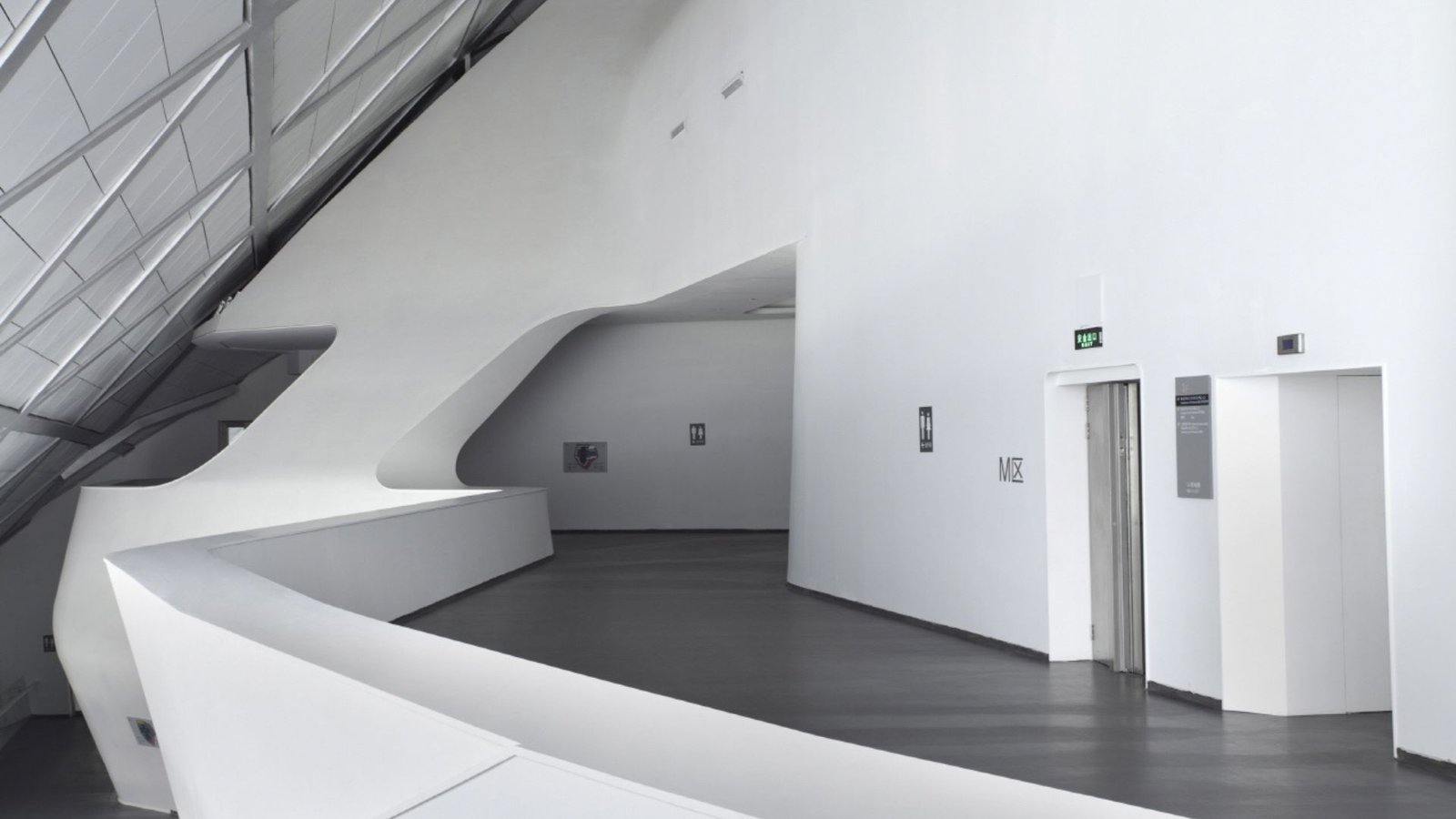Tips for Designing a Minimalist Architectural Space
Minimalist architectural design revolves around simplicity, clean lines, and functionality. It emphasizes clarity of form, efficient use of space, and a focus on essential elements. Whether you’re designing a home, office, or public space, embracing minimalism can create a serene and harmonious environment. Let’s give you tips!
1. Start with Clear Design Principles
Begin by defining clear design principles that prioritize simplicity and functionality. Focus on essential elements while eliminating unnecessary ornamentation and clutter.

2. Embrace Clean Lines and Geometric Shapes
Incorporate clean, straight lines and geometric shapes such as squares and rectangles. Minimalist spaces often feature sharp angles and precise forms to create a sense of order and balance.
3. Opt for a Neutral Color Palette
Choose a neutral color palette with shades of white, gray, beige, or black. These colors create a calm and timeless atmosphere while allowing architectural details and furnishings to stand out.
4. Maximize Natural Light
Maximize natural light by incorporating large windows, skylights, and glass doors. Natural light enhances the spaciousness of minimalist spaces and reduces the need for artificial lighting.
5. Use Functional Furniture with Simple Designs
Select furniture with clean lines and simple designs that complement the minimalist aesthetic. Opt for multifunctional pieces that serve practical purposes without unnecessary embellishments.
6. Focus on Quality Materials
Prioritize quality materials such as natural wood, metals, glass, and concrete. These materials not only contribute to the minimalist aesthetic but also ensure durability and longevity.
7. Create Seamless Transitions Between Spaces
Design spaces with seamless transitions between rooms and areas. Open floor plans and minimal partitions enhance flow and connectivity within the architectural space.
8. Prioritize Spatial Organization and Storage Solutions
Emphasize spatial organization and integrated storage solutions to maintain a clutter-free environment. Built-in cabinets, shelves, and hidden storage units help conceal belongings and maintain visual simplicity.
9. Pay Attention to Detail and Finishes
Pay attention to detail in architectural finishes such as flooring, wall textures, and hardware. Minimalist spaces often feature smooth surfaces, matte finishes, and subtle textures for a cohesive look.
10. Incorporate Minimalist Art and Decor
Select minimalist art pieces and decor items that complement the architectural space. Focus on a few statement pieces rather than overcrowding the space with decorations.
11. Maintain Cleanliness and Orderliness
Keep the space clean, organized, and free of unnecessary items. Regular maintenance and decluttering are essential to preserve the minimalist aesthetic and functionality.
12. Balance Minimalism with Comfort and Functionality
Ensure that minimalist design does not compromise comfort and functionality. Incorporate comfortable seating, adequate lighting, and functional layouts to meet the needs of occupants.
13. Consider Acoustics and Sound Control
Address acoustics and sound control in minimalist spaces to minimize noise and enhance comfort. Use sound-absorbing materials and strategic placement of furniture to improve acoustical quality.
14. Incorporate Greenery and Natural Elements
Integrate greenery and natural elements such as indoor plants, natural fibers, and sustainable materials. These elements add warmth, texture, and a connection to nature in minimalist spaces.
15. Seek Professional Advice and Feedback
Consult with architects, interior designers, and contractors experienced in minimalist design principles. Their expertise can provide valuable insights and ensure the successful implementation of your minimalist architectural vision.
Conclusion
Designing a minimalist architectural space involves a deliberate approach to simplicity, functionality, and aesthetic harmony. By embracing clean lines, neutral colors, quality materials, and efficient spatial planning, you can create a serene environment that enhances both visual appeal and practicality. Whether you’re renovating a home or designing a new office, adhering to minimalist principles ensures a timeless and inviting space where clarity and order prevail. Remember to prioritize comfort, incorporate natural elements, and seek professional guidance to achieve a minimalist design that reflects your style and enhances daily living.



